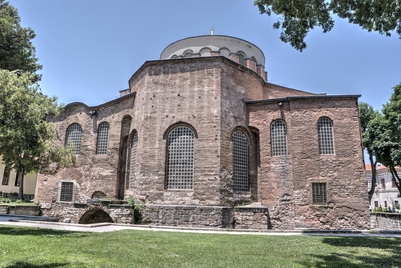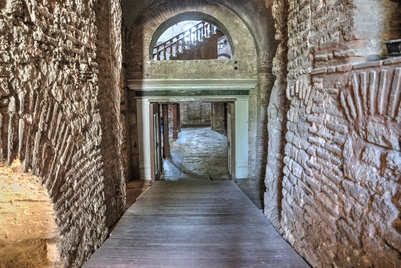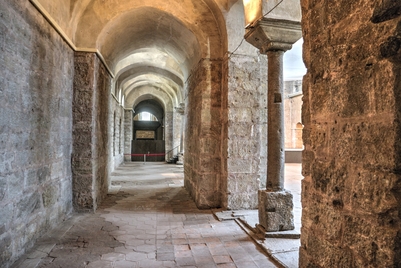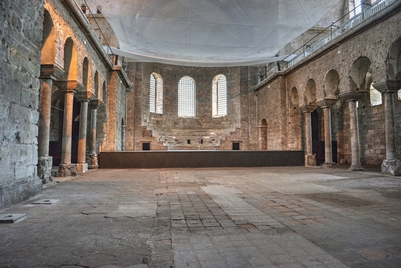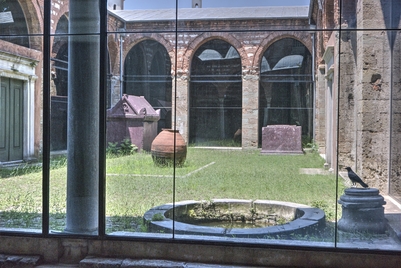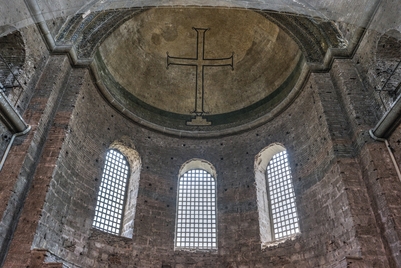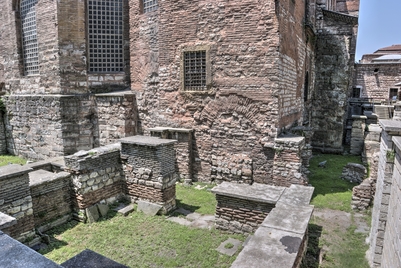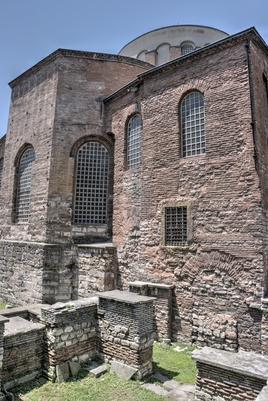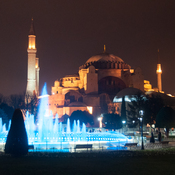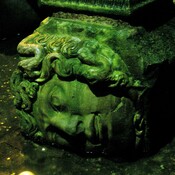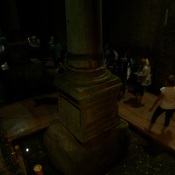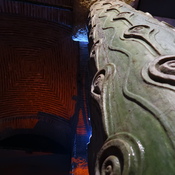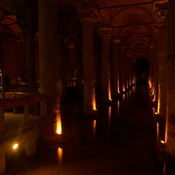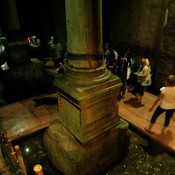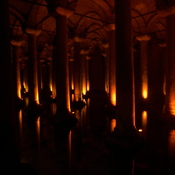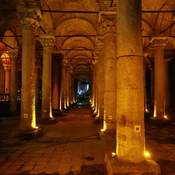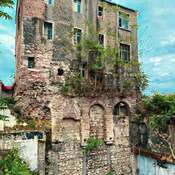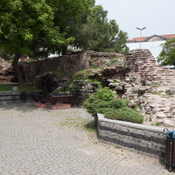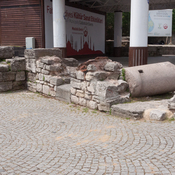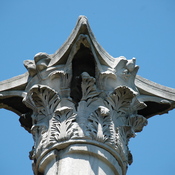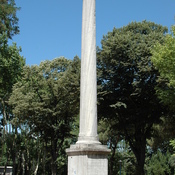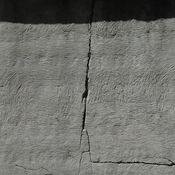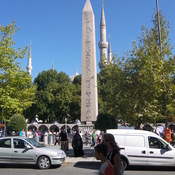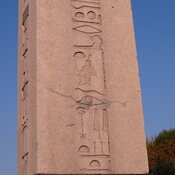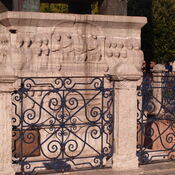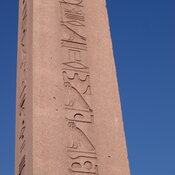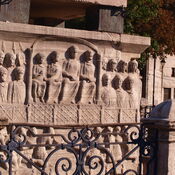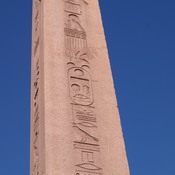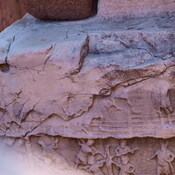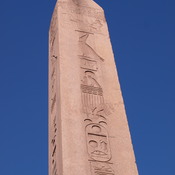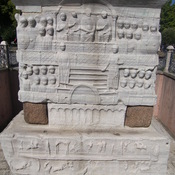Es gibt noch keine deutschsprachige Anmerkungen. Präsentiert wirden Anmerkungen auf English.
Constantinople (İstanbul): Hagia Irene, Church of Divine Peace.
The Second Largest Church After Hagia Sophia:
The Hagia Irene located in the outer courtyard of Topkapı Palace is the oldest church of the Eastern Roman Empire (Byzantine). It was also the second largest church in Istanbul after Hagia Sophia. Hagia Irene, originally means “sacred peace” (Hagia Eirene), has a special meaning as the first place where Turkish museology was born.
Hagia Irene, a typical Byzantine structure with its materials and architecture, was built on the site of an old temple in 330. During the reign of Emperor Justinianus, the Nika Revolt in 532 led to the devastation of both Hagia Sophia and the Hagia Irene, and two of them were rebuilt together.
After the fall of Constantinople since the church was not converted into a mosque it was used as loot and gun depot (Harbiye Warehouse) for a long time. In 1846, the first collection of artifacts of Turkish museology was exhibited and in 1869 it became the country's first official museum under the name of Müze-i Hümayun (Imperial Museum). The weapons collection was reorganized and it served as the first Military Museum between 1908 and 1930.
Official Website: https://muze.gen.tr/muze-detay/ayairini
See:
- http://www.livius.org/cn-cs/constantinople/constantinople_s_irene.html
- Katarína Kravčíková, The Church of Hagia Eirene in Constantinople Chrám Hagia Eirene v Konstantinopoli, Masarykova univerzita 2016
- http://tayproject.org/TAYBizansMar.fm$Retrieve?YerlesmeNo=20030&html=bizansdetaile.html&layout=web
Constantinople (İstanbul): Hagia Irene, Church of Divine Peace.
The Second Largest Church After Hagia Sophia:
The Hagia Irene located in the outer courtyard of Topkapı Palace is the oldest church of the Eastern Roman Empire (Byzantine). It was also the second largest church in Istanbul after Hagia Sophia. Hagia Irene, originally means “sacred peace” (Hagia Eirene), has a special meaning as the first place where Turkish museology was born.
Hagia Irene, a typical Byzantine structure with its materials and architecture, was built on the site of an old temple in 330. During the reign of Emperor Justinianus, the Nika Revolt in 532 led to the devastation of both Hagia Sophia and the Hagia Irene, and two of them were rebuilt together.
After the fall of Constantinople since the church was not converted into a mosque it was used as loot and gun depot (Harbiye Warehouse) for a long time. In 1846, the first collection of artifacts of Turkish museology was exhibited and in 1869 it became the country's first official museum under the name of Müze-i Hümayun (Imperial Museum). The weapons collection was reorganized and it served as the first Military Museum between 1908 and 1930.
Official Website: https://muze.gen.tr/muze-detay/ayairini
See:
- http://www.livius.org/cn-cs/constantinople/constantinople_s_irene.html
- Katarína Kravčíková, The Church of Hagia Eirene in Constantinople Chrám Hagia Eirene v Konstantinopoli, Masarykova univerzita 2016
- http://tayproject.org/TAYBizansMar.fm$Retrieve?YerlesmeNo=20030&html=bizansdetaile.html&layout=web
Hagia Irene "Heilige vrede", kerk in de 4e eeuw gebouwd door keizer Constantijn de Grote, op de plaats waar eerst een Romeinse tempel stond.
http://www.livius.org/cn-cs/constantinople/constantinople_s_irene.html

